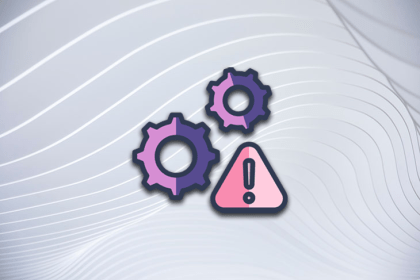
A work plan is a communication tool. It’s how you help yourself, your team members, and your stakeholders get a common understanding of upcoming challenges.

Figuring out how to deal with complex collaboration and aligning in a common direction is mandatory. That’s when program increment (PI) can be helpful.

In this article you will learn what a product operating plan is, how it can help you, and how to implement one within your team.

Project scheduling is the process of developing a detailed plan that outlines the tasks, dependencies, resources, and timelines needed to complete a project.

The spiral model focuses on identifying the risk early in product development, developing strategies around it, and reflecting those strategies on what to build.

Detailed estimations are inaccurate and time-consuming, but necessary to gauge project complexity. This is where rough order of magnitude (ROM) planning comes in.

The S-curve is a widely used project management tool to track and analyze progress. Learn how an S-curve graph can help PMs make the right decisions at the right time.

Scope creep is common in project management and occurs when the scope of the project expands beyond its original boundaries, resulting in missed deadlines, budget overruns, and decreased quality.

Project governance is nothing without input from product managers. To stay truly agile, your product processes and actions should always be reviewed and improved.

Steering committees provide strategic guidance, align resources, goals, and stakeholders, and facilitate decision-making.

Rigid requirements established upfront don’t work well with digital product management. How you plan your project scope will ultimately determine your level of empowerment.
To speed up delivery, you can either fast-track or crash your project. Fast-tracking overlaps activities whereas crashing adds more resources to each activity.